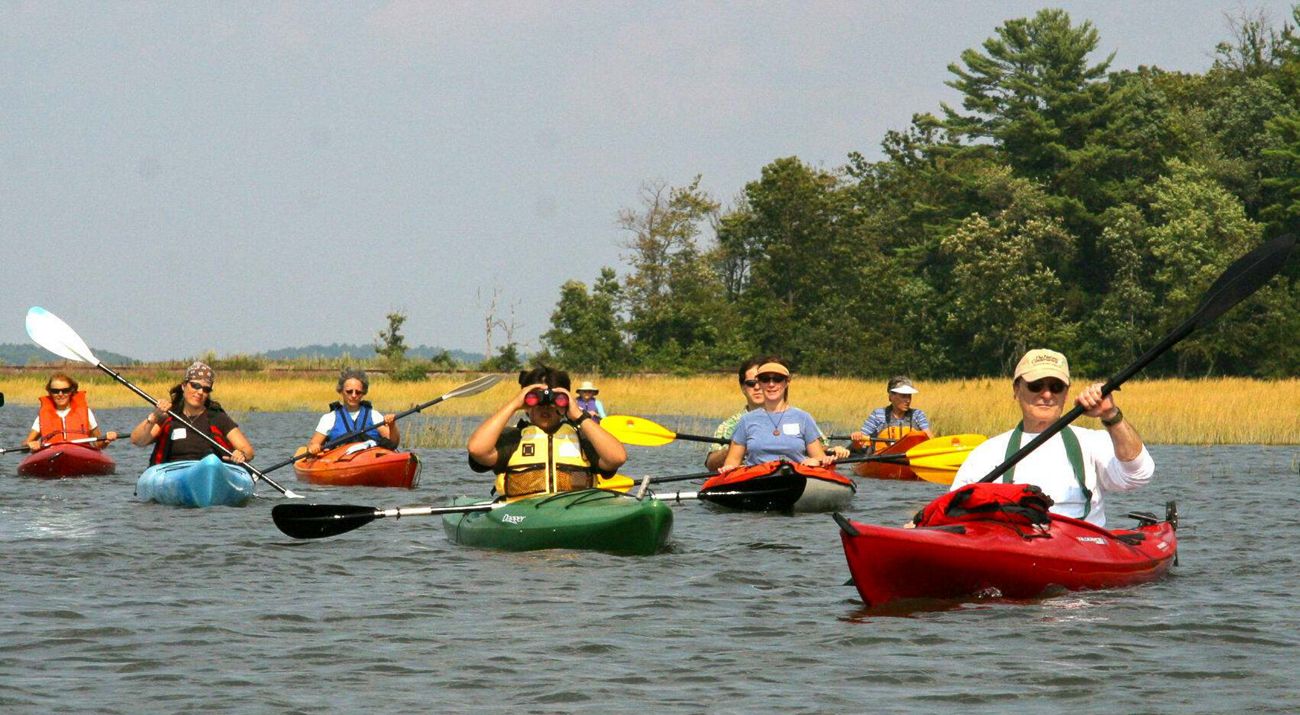The Lake Region is comprised of seven towns in inland Maine. The Lake Region greenprint was developed in response to the pressures of an increasing population - nearly 4x the rate of the state as a whole over the past twenty years - and booming summer tourism. The community places high importance on open space in the region and wants to find a way to protect their natural resources in the face of the growing population and economy.
Year Published: 2011
State: Maine
Landscape Context: Inland
Housing Density: Rural
Funding Type: Both (Public and Private)
Habitat Focus: Forest, Water
Organizations Involved:
The Trust for Public Land and Loon Echo Land Trust.
Values:
Water Supply, Water Quality, Open Space/Habitat, Viewshed, Working Land, Rural Character
Stakeholder Involvement:
Stakeholders were involved throughout; the public was also consulted more broadly through surveys, interviews, and two public meetings.
Planning Process:
A Steering Committee guided the Greenprint process. Members of the Steering Committee identified residents who should be invited to serve on the larger Lake Region Greenprint Stakeholder Group. The Stakeholder Group consisted of one 1-2 representatives from each of the seven towns comprising the Lake Region. The stakeholders refined goals identified through the data-gathering phase, ranked goals in relationship to one another, and recommended strategic implementation action steps. A Technical Advisory Team provided scientific and technical expertise.
Desired Outcomes:
The greenprint aimed to preserve and enhance the sense of place in the region in the face of population growth and an increase in tourism, as well as to maximize the economic potential of these natural and built assets. Manage traffic and sprawl, as well. It was important to them to retain the essential character of the region while providing better employment opportunities for the people who live there year-round.
What It Accomplished:
In 2011, the Loon Echo Land Trust (LELT), with assistance from TPL's Maine Chapter, assisted in fundraising $800,000 to protect the 27-acre scenic hilltop and picnic area. In 2012, LELT and the Town of Denmark embarked on the Perley Mills Community Forest Project. The $1.42 million budget has been raised for the 1,600-acre project that spans three towns. The neighboring towns of Bridgton and Sebago have been engaged. All three towns contributed $25,000 each. LELT transferred the land to the municipalities in early 2015, with conservation easements held by LELT.
LELT assisted Denmark in creating a Forest Ordinance to govern management and use of the property under their ownership. LELT and the Town of Raymond's Conservation Commission are partnering to raise $680,000 for a 350-acre community forest, which has been under contract since 2013 with Hancock Land Company.
As of September 2015, over $600,000 has been pledged or gifted to the project. This includes a $150,000 Land for Maine's Future (MF) grant, and a $60,000 pledge from the Town of Raymond. The LMF grant is being held up by Governor LePage and has not been made available yet, and it will likely not be available by the time the purchase and sale agreement expires in December 2015. An extension will be granted by the seller; closing estimate is June 2016. A contingency plan is being formed with a private foundation if LMF fails to deliver their grant.
